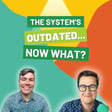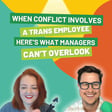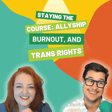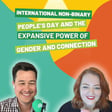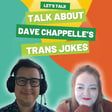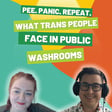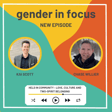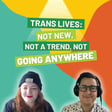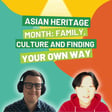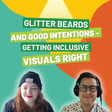
HR's New Best Friend - The Trans Inclusion Toolkit
This week, Kai and El are getting into one of our favourite behind-the-scenes heroes of inclusion: the toolkit.
Think of it as your organization’s go-to guide for supporting trans and non-binary employees - before, during and after someone comes out at work. No scrambling, no awkward guesswork, no “uhh… what do we do now?” moments.
A great toolkit does more than hand out definitions or policies - it sets your whole team up to respond with clarity and confidence. It answers questions before they even come up, like:
• How do we update names and pronouns across all our systems?
• What should a manager say (or avoid saying) when someone comes out?
• What if no one’s come out yet - should we still have one? (Spoiler: yes.)
In this episode we talk about what makes a toolkit actually useful, how it connects to broader inclusion work, and why it’s one of the smartest moves you can make if you want to be ready - not just reactive.
Take our quizzes and get our free downloadable resources!
1. How Do You Show Up as a Trans Ally at Work? Take our quiz for individuals here
2. How Ready is Your Organization for Trans Inclusion? Take our quiz for organizations here
___________
Want to get in touch? Contact us at podcast@transfocus.ca
Join us on social media:
LinkedIn | Instagram | TikTok | Threads | Facebook
